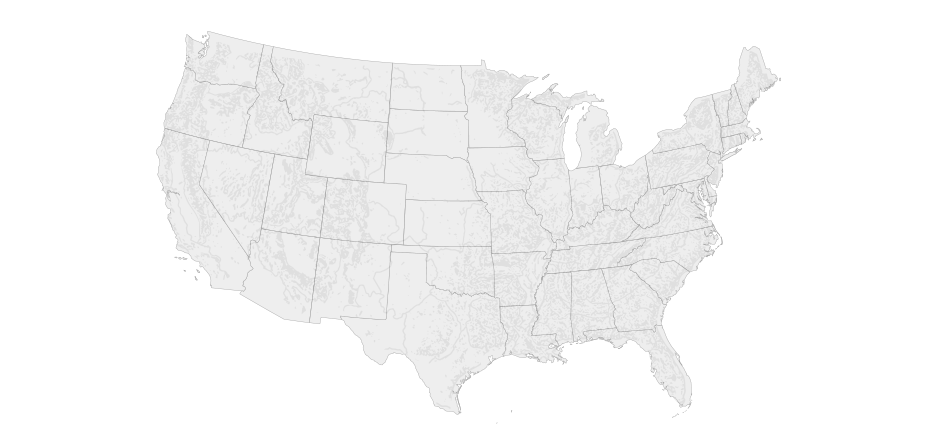There is a basic gap in the energy innovation ecosystem. Energy research and technology development occurs largely through investments made and directed at the national level. Yet energy markets – resources, regulations, infrastructure, supply, and demand – are largely defined on a state and regional level. The link between the two is ill-defined, influenced, and supported. As a result, there lacks a natural path for early-stage innovations to make it to energy markets. Technology transfer is often stifled. The commercialization valley-of-death is too wide and deep to traverse.

As a result, next-generation state policies and regionally-focused national policies are needed to bridge this gap. CCEI strongly supports smarter economic development, regional cluster building, and smart state deployment policies to support the development of economically sustainable, innovating, job-creating clean tech firms.
Establish dedicated state funds to support energy innovation. Many states already have state clean energy funds in place, but more states should tie these funds to supporting innovation. Consistent revenue streams for state energy research, demonstration, and commercialization programs can enable clean energy technology breakthroughs that drive economic growth.
Align success metrics and lab report cards to incentivize regional engagements. DOE should complete
and submit its plan for using metrics to evaluate technology transfer to Congress, as stipulated in the 2005 Energy Policy Act. In conjunction with this strategy, DOE should create or elevate the technology transfer component of the PEMPs grade into the top mission goal category, which should include metrics for regional/state engagement.
Make the DOE applied R&D labs “User Facilities.” All labs and lab centers should be extended the same flexibility, user interface, and resources as Office of Science User Facilities to facilitate third-party engagement with lab facilities and staff.
Create off-campus “microlabs” to provide a “front door” to the labs. Congress should give DOE the authority to create off-campus “microlabs” at or near lab sites. Ideally, the program would be co-funded by DOE and state or regional consortia, with microlabs located within or near universities or private sector clusters that fit the strategic missions of the labs.
Create a National Laboratories Innovation Voucher Program: Congress should allow DOE and the labs to establish a low-dollar research voucher to allow small and medium-sized enterprises (SMEs) to purchase “research hours” from labs for consulting services. An ideal voucher would be co-funded by DOE and state governments and could be used at any DOE lab.
Include the labs as core stakeholders in state and regional economic development strategies. National labs should be viewed as important components of state and regional growth strategies, in the same way that universities are often central to regional economic development. State and regional interest can act as a “demand pull” for DOE and lab engagement, particularly when partnered with state resource.
Encourage industry-university partnerships. A key part of a state’s innovation infrastructure is its colleges and universities – it is time for states to tie a portion of their higher education funding to the success of individual institutions at meeting the state’s economic development goals. These goals might include doing research related to key industry clusters, providing technical assistance to companies in the state, and transferring technology to companies in the state.